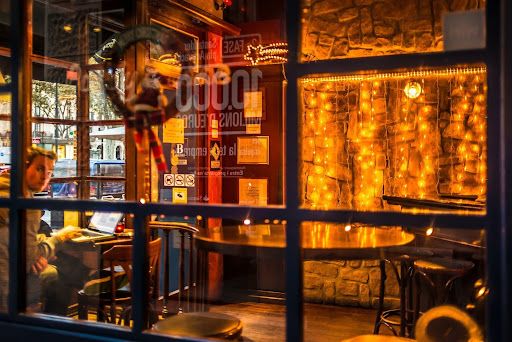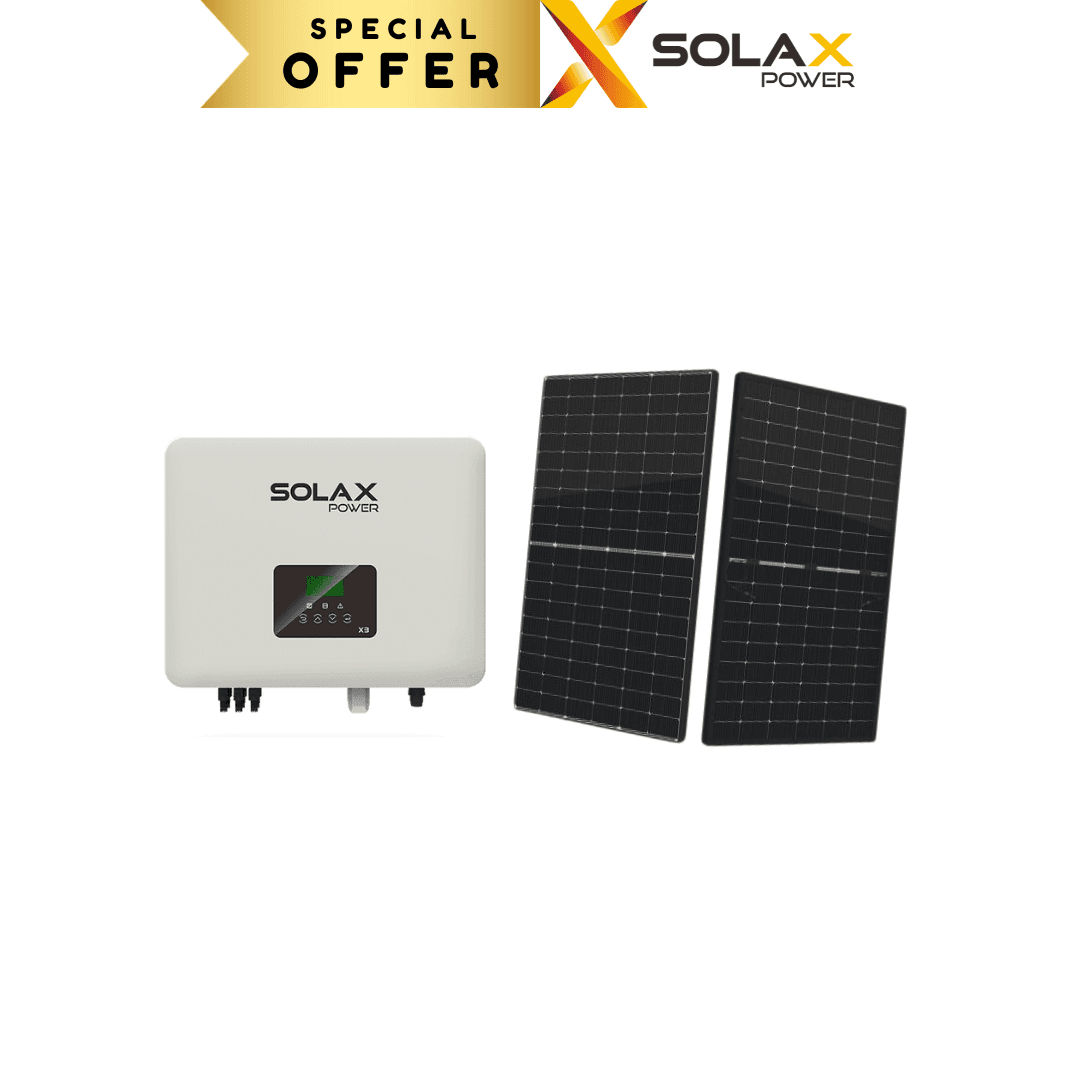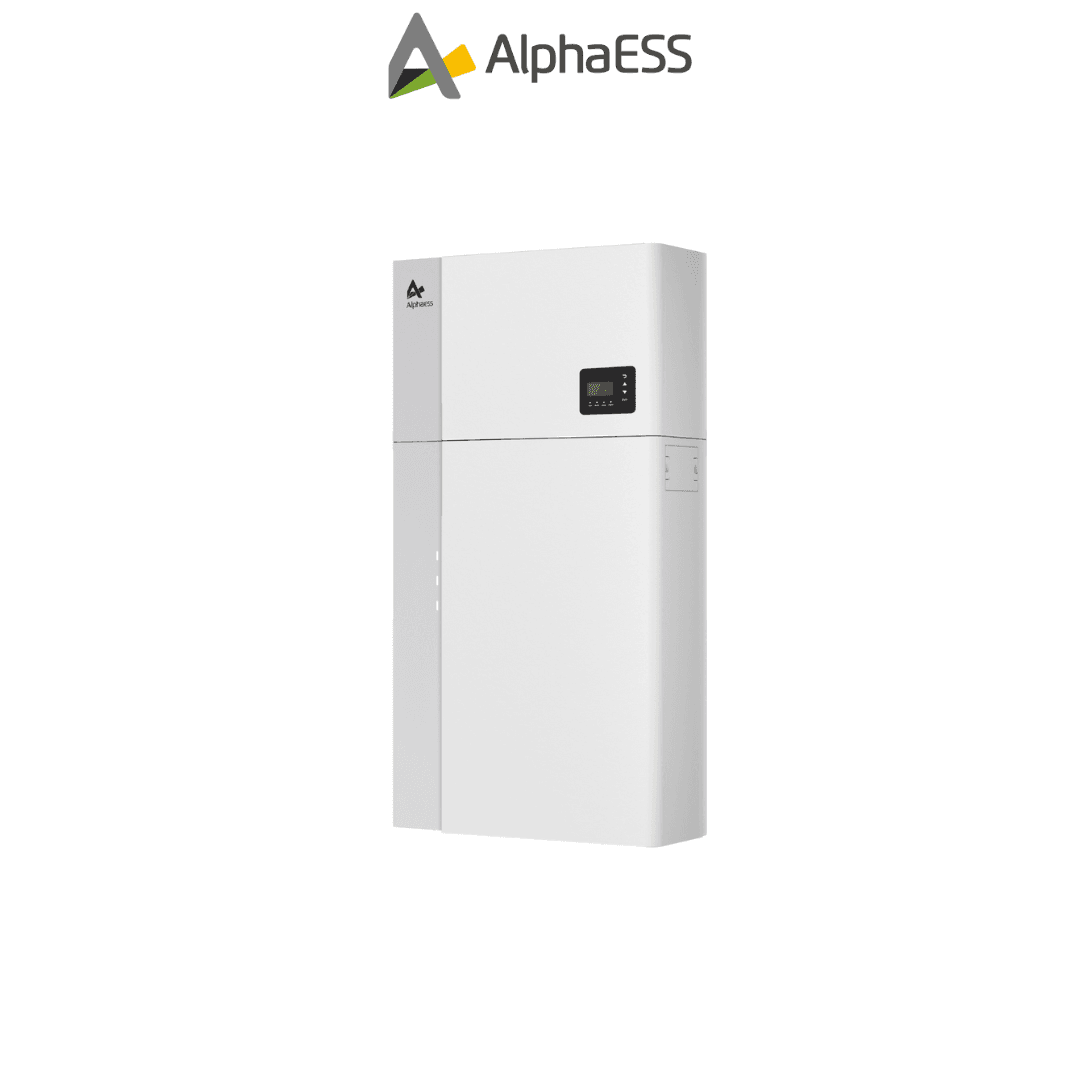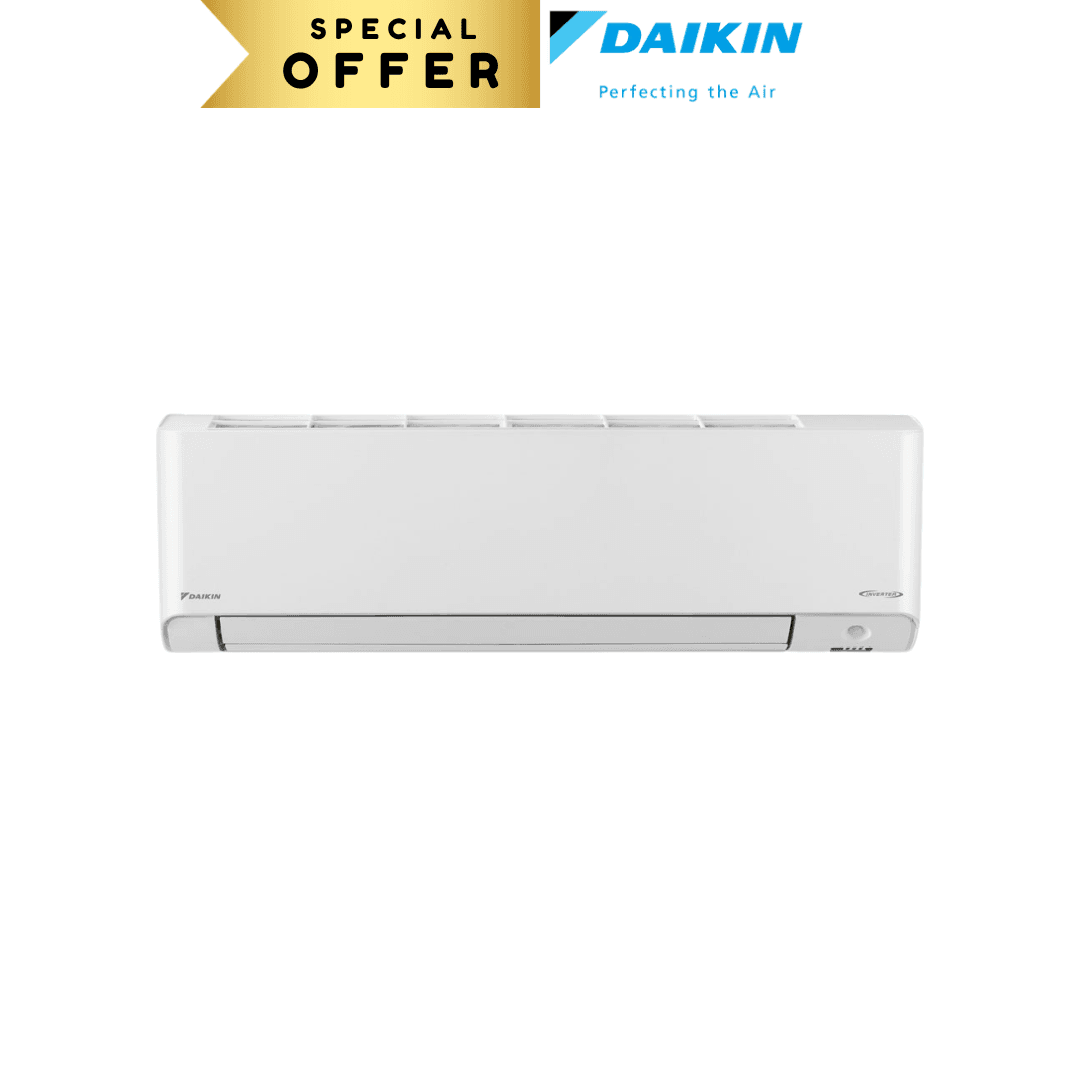How to choose heating systems?
Is it costly to use split systems for heating?
Except for the extremes of Summer and Winter, Adelaide is rather pleasant. Winters can be bitterly cold, and summer temperatures continue to set new records, necessitating the use of heating and cooling all year. Heating and cooling, on the other hand, might account for 20 to 50% of the energy used in your home, depending on where you reside. Furthermore, with the rising expense of living, prudent judgments are required to keep things within reach.
With winter approaching, we felt it was a good opportunity to enquire if split systems are expensive to run for heating. How do they stack up against ducted systems?

What factors influence operating costs?
Your split system air conditioner operating expenses are influenced by a multitude of elements. The following are the most important aspects:- The size of rooms being heated or cooled
- The unit's size (capacity) in kW
- The temperature the unit is set to
- Your kWh energy costs
- The time the system has been in use
- The energy rating of the system
- Insulation, windows, and other energy-saving features in your home
It's also worth mentioning that buying a smaller capacity air conditioner will not necessarily save you money on your energy bills. The unit will be compelled to function at full capacity if the area to be cooled is too large in comparison to the unit's output, increasing pressure on the system. A unit with insufficient output may not be able to heat or cool the area of your home that it is supposed to.

Are split air conditioners cost-effective?
Yes, of course! The efficiency of a reverse-cycle air conditioner can range from 300 to 600 percent. This means it can convert one unit of thermal energy into three to six times its original amount of heating (or cooling) energy. In the winter, set your system to 17 to 19 degrees to maximise your energy savings.
Every degree above this raises your operating costs by five to ten percent. Systems with an inverter can further minimise expenditures by using less energy to maintain the required temperature once the specified temperature has been reached.
How much would it cost of running a split air conditioner?
When it comes to determining split system heating and cooling costs, multiple factors come into play, including the insulation of your home, the floor layout, and the number and size of windows. Based on your usage habits and the size of your system, air conditioner cost calculator can offer you a more precise picture of how much your system costs to operate.
What is the difference between split systems and ducted systems?
A ducted air conditioner system is to heat and cool an entire house. They normally have an outside unit and ductwork installed under the floor or in the ceiling. Air ducts flow from the outdoor unit to each room, usually via tubes in the ceiling.
Ducted systems are more expensive to operate, but they last longer, are more aesthetically beautiful and are a very desirable addition to a home.
Which system is best for me?
Both air conditioning methods have advantages and disadvantages. Split systems are less expensive to install and operate than ducted systems, but because they only cover a small area, they are suitable for smaller homes. Because the system's central unit is designed to avoid excessive wear and tear and the system isn't pushed to its limits even during peak hours, ducted systems are more stable in larger residences with numerous levels and rooms.
Hot Offers

Discover our latest deals and exclusive offers tailored just for you! Don’t miss out on fantastic savings and limited-time promotions. Click to explore the best deals we have in store for you.

Key Features
- 6.6kW Residential Solar Package
- Tier 1 - 440W Solar Panels
- 5kW Premium Inverter
- SA ONLY
From $2,999

Key Features
- Advanced Battery Technology
- Smart System Management
- Comprehensive Safety Features
- Expandable Energy Storage
From $7,299

Key Features
- Payment Plans Available
- Tier 1 - 440W Solar Panels
- Neovolt 5kW Inverter
- Neovolt 10.1kWh Battery
From $12,999

Key Features
- Designed for Small Houses
- Heating and Cooling
- Houses with limited roof space and outdoor space
From $5,990

Key Features
- Perfecting the Air
- Heating and cooling
- Comfort Reinvented
- Marketing-leading Streamer Technology

Key Features
- Rooms up to 82m²
- Airflow Rate: 330m³/h
- Humidification: 500mL/h
Now $699

Key Features
- Smart Control
- 8-Year WI-FI Controller Warranty
- 8-Year WI-FI Heat Pump Warranty
- Holiday Mode
- Energy Efficient& Money Saving
$5,300
